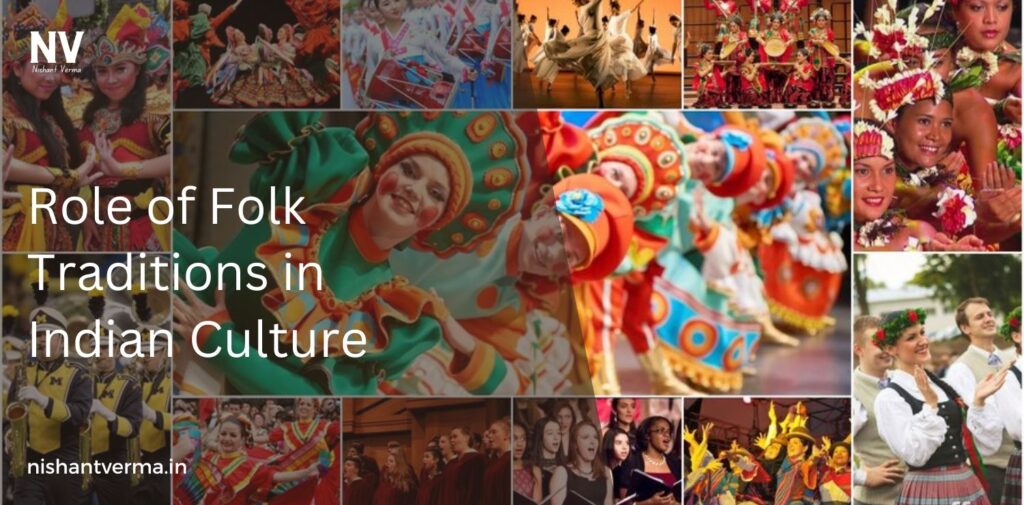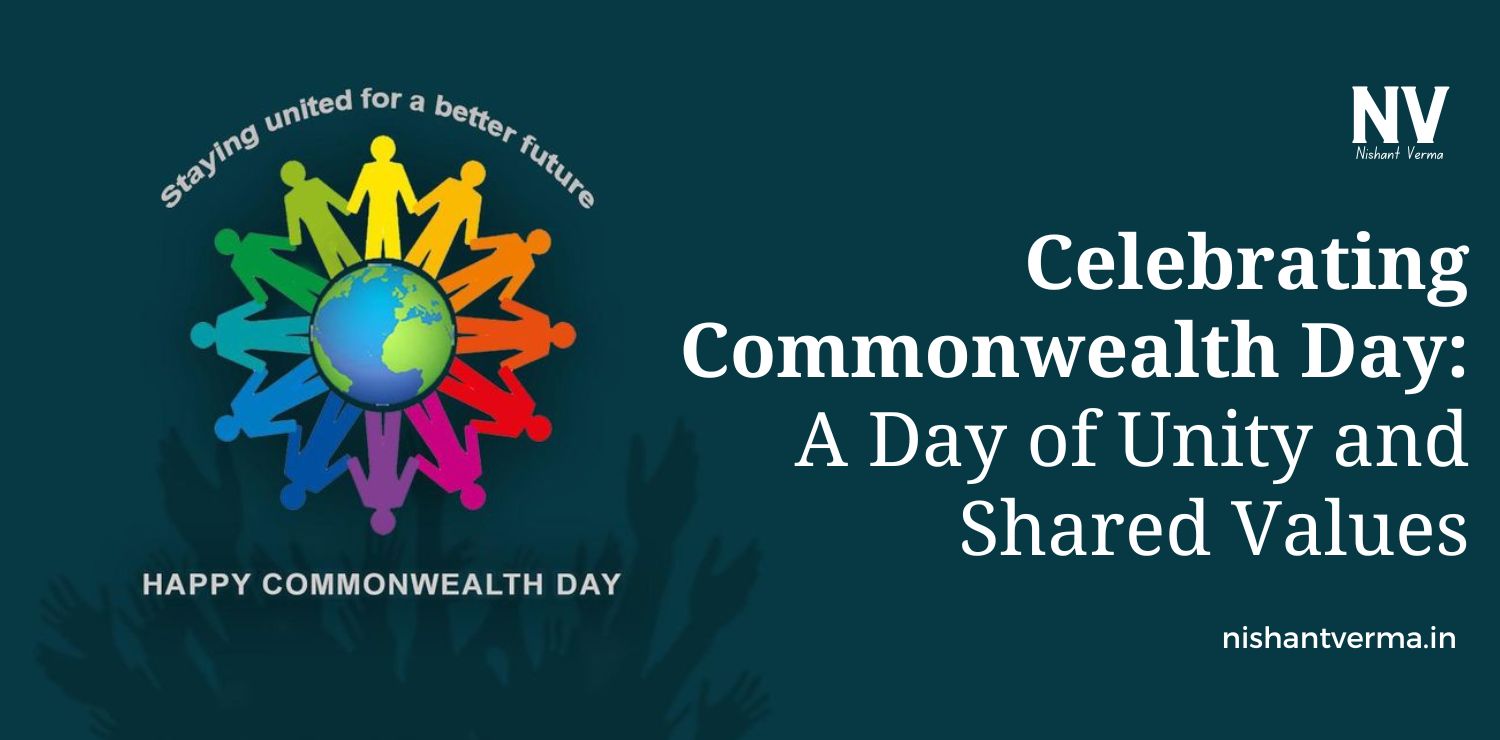India is a land of immense diversity, characterized by its multitude of languages, religions, and cultures. Among the various aspects that contribute to this rich tapestry, folk traditions play a pivotal role. They embody the spirit of the people, reflecting their values, beliefs, and way of life. This article explores the beauty of Indian folk traditions and their significance in shaping the cultural landscape of the nation.
Understanding Folk Traditions
Folk traditions in India encompass a wide range of practices, including music, dance, art, stories, and rituals that are passed down through generations. These traditions are deeply rooted in the local communities and are often specific to particular regions or groups. They serve as a means of expression, celebrating daily life, festivals, and important milestones.
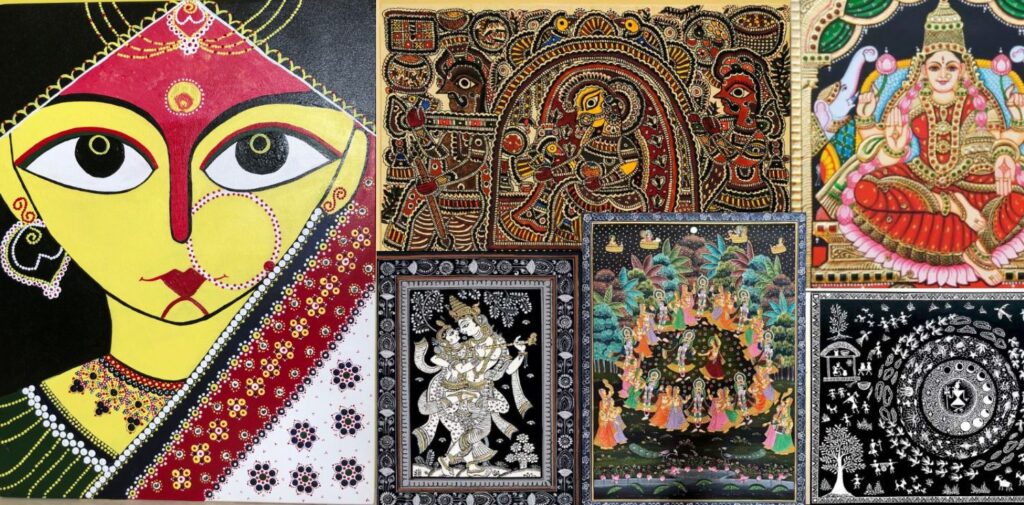
The Essence of Folk Art
Indian folk art is not just about aesthetics; it carries stories and meanings that connect people to their history and heritage. Forms like Madhubani from Bihar, Warli from Maharashtra, and Pattachitra from Odisha are examples of how folk art captures the essence of rural life, nature, and mythology. These art forms are usually created using natural materials and traditional techniques, showcasing the creativity and skill of local artisans.
Folk Music and Dance
Music and dance are integral components of Indian folk traditions. They serve as vehicles for storytelling and cultural expression. Each region has its unique style, often reflecting the local customs and traditions.
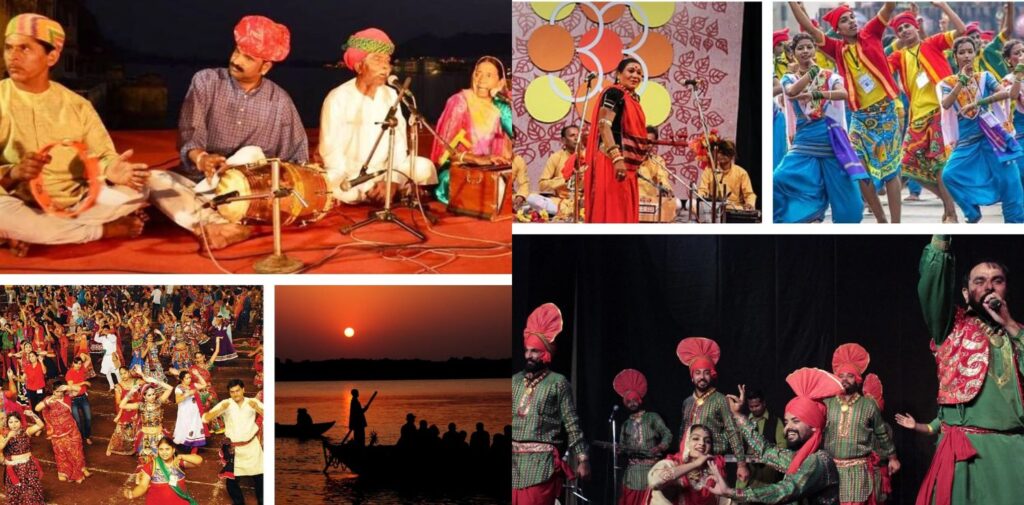
The Diversity of Folk Music
Folk music in India is as diverse as its landscape. From the energetic Bhangra of Punjab to the soulful Baul songs of Bengal, each genre tells a story. These musical forms often accompany festivals, weddings, and other communal celebrations. Instruments like the dhol, flute, and harmonium add rhythm and melody, creating an atmosphere of joy and togetherness.
Folk music also plays an essential role in preserving history. Songs often recount tales of bravery, love, and community struggles, serving as a reminder of the past while fostering a sense of identity among the people.
Dance as Expression
Folk dances are another vibrant aspect of Indian culture. Each dance form has its unique steps, costumes, and music. For example, Garba from Gujarat is a lively dance performed during the Navratri festival, while Kathakali from Kerala tells stories through intricate movements and facial expressions.
These dances are not only entertainment; they are a means of community bonding. During festivals and celebrations, people come together to dance, reinforcing social ties and shared traditions. The energy and enthusiasm displayed during these performances are a testament to the spirit of unity and celebration within Indian culture.
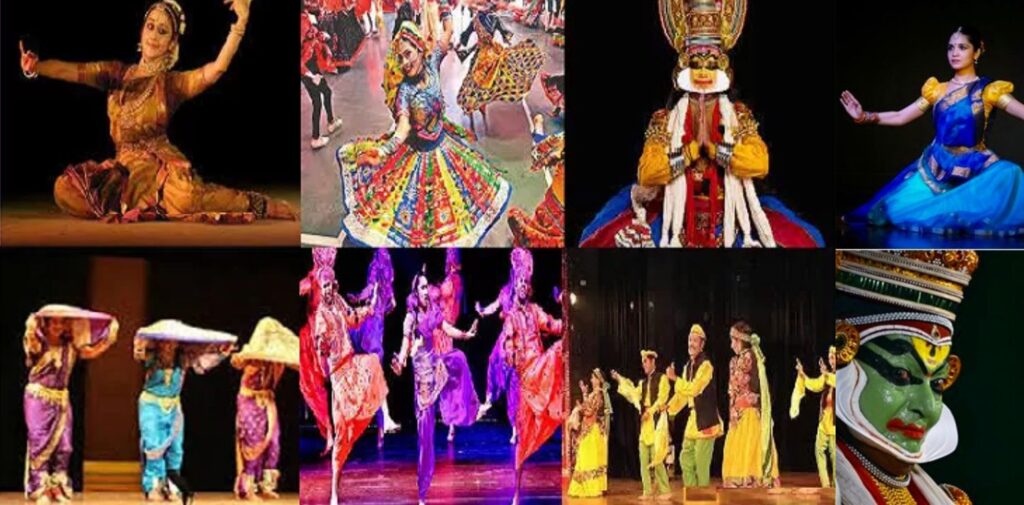
The Importance of Oral Traditions
Oral traditions, including storytelling and folklore, are vital components of Indian culture. They serve to pass down knowledge, morals, and values from one generation to another.
Storytelling as a Cultural Medium
Storytelling in India is a time-honoured practice. Tales of gods and goddesses, heroic deeds, and moral lessons are shared in homes, during festivals, and at community gatherings. These stories not only entertain but also instil values such as honesty, courage, and respect for elders.
Folk tales often reflect the social realities and challenges faced by communities, providing insights into their struggles and triumphs. This oral tradition fosters a sense of belonging and continuity, connecting individuals to their roots.
Festivals and Celebrations
Folk traditions are often showcased during various festivals, which are an integral part of Indian culture. Festivals like Diwali, Holi, and Pongal are celebrated with great enthusiasm and involve a blend of rituals, music, dance, and communal gatherings.

Community Spirit
During festivals, folk traditions foster a sense of community and belonging. People from different backgrounds come together to celebrate, share food, and participate in traditional activities. This spirit of togetherness reinforces social bonds and promotes harmony among diverse groups.
Festivals are also opportunities for younger generations to learn about their cultural heritage. Participating in folk traditions during these celebrations helps instil a sense of pride and appreciation for one’s culture.
Preservation of Cultural Heritage
Folk traditions play a crucial role in preserving India’s cultural heritage. As modernization and globalization influence lifestyles, there is a growing need to safeguard these traditions for future generations.
Role of NGOs and Government Initiatives
Various non-governmental organizations and government bodies work tirelessly to promote and preserve folk traditions. Initiatives like cultural festivals, workshops, and exhibitions provide platforms for folk artists to showcase their talents and educate the public about their crafts.
By supporting local artisans and encouraging traditional practices, these efforts ensure that folk traditions continue to thrive in a rapidly changing world.
Conclusion: Role of Folk Traditions
Folk traditions are the heartbeat of Indian culture, encapsulating the essence of its people. They celebrate life, foster community, and preserve history, all while adding vibrant colours to the cultural landscape. As India continues to evolve, it is essential to cherish and promote these traditions, ensuring they remain an integral part of the national identity. Through music, dance, art, and storytelling, folk traditions remind us of our shared heritage, reinforcing the beauty of diversity that defines Indian culture.

